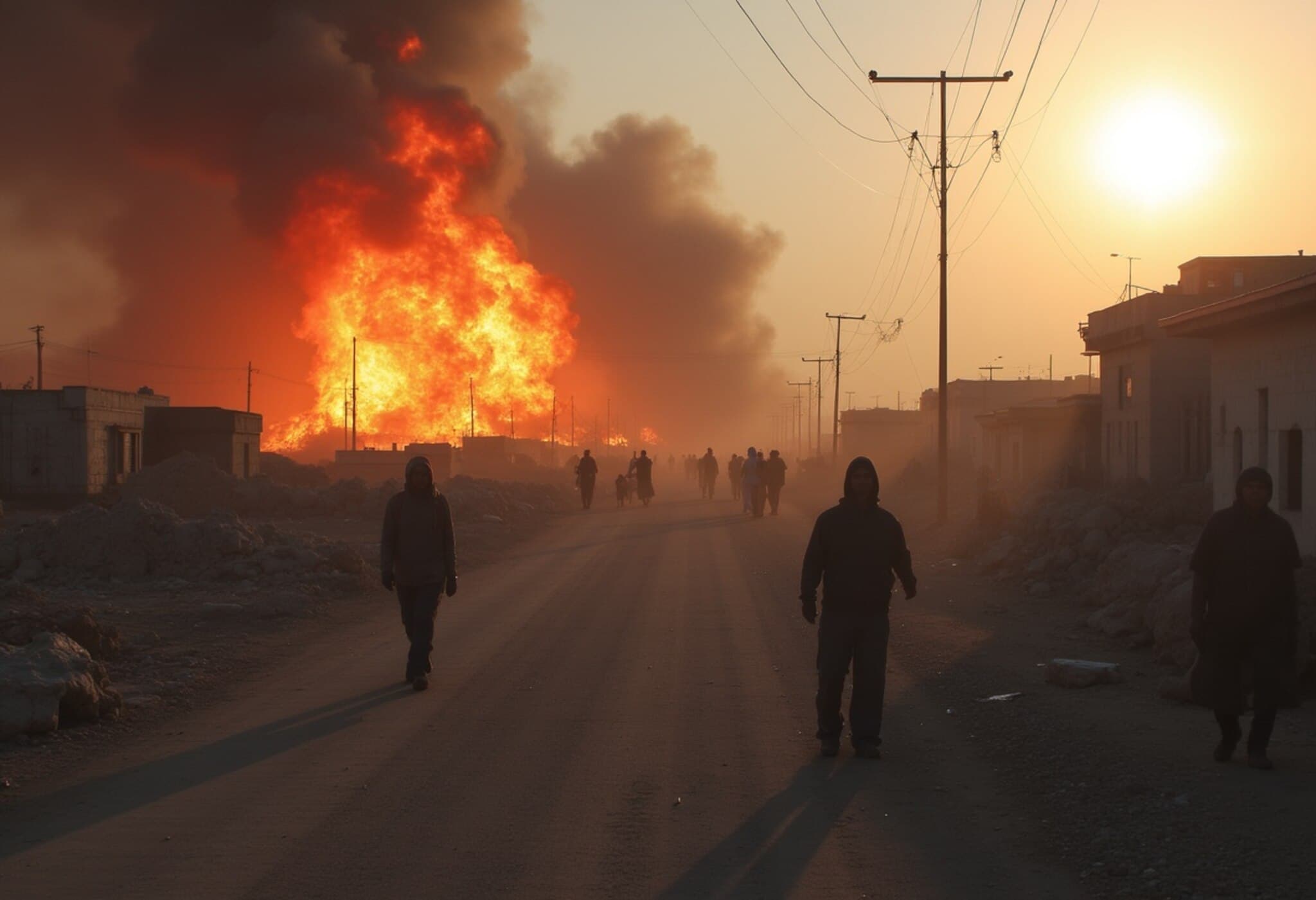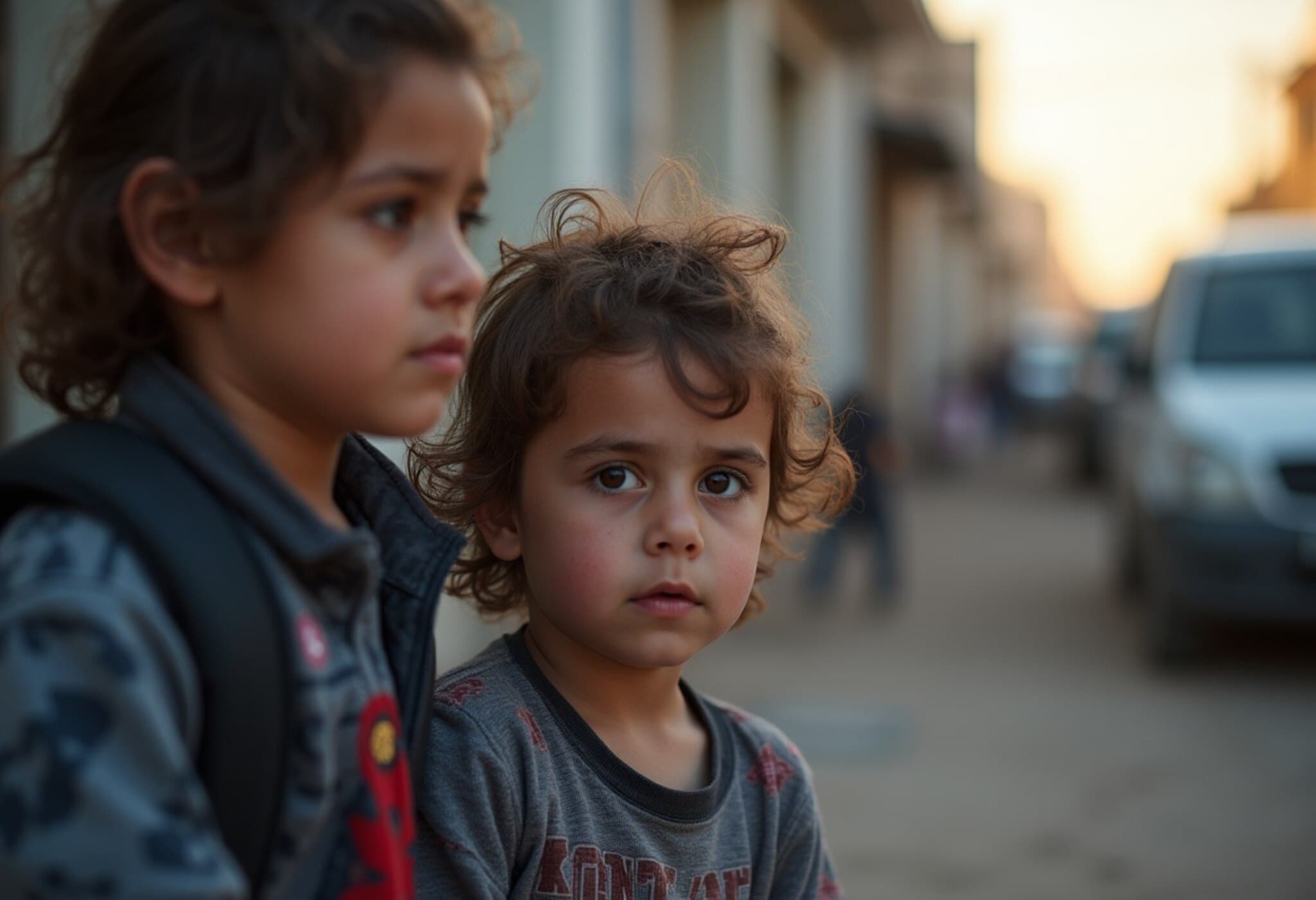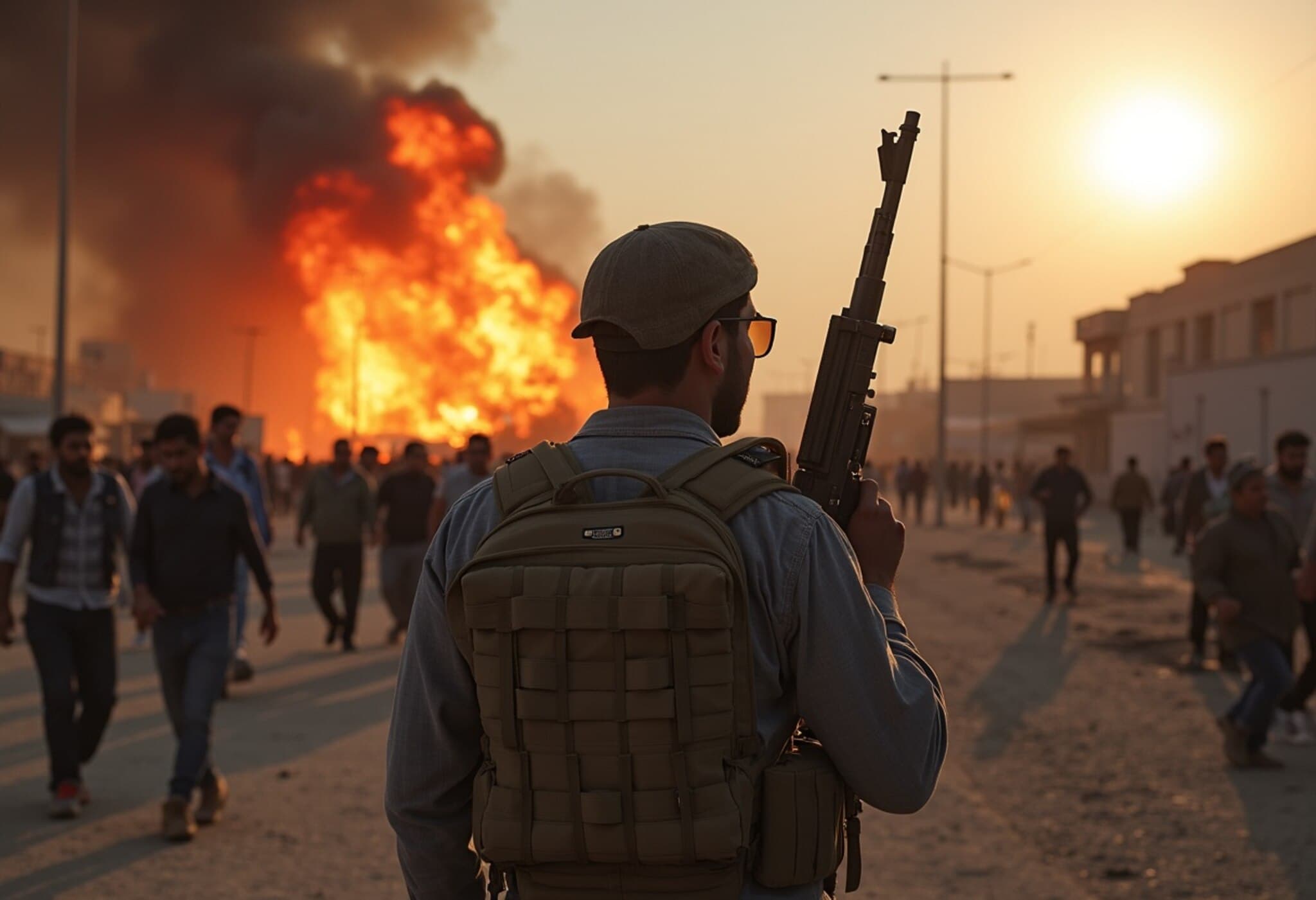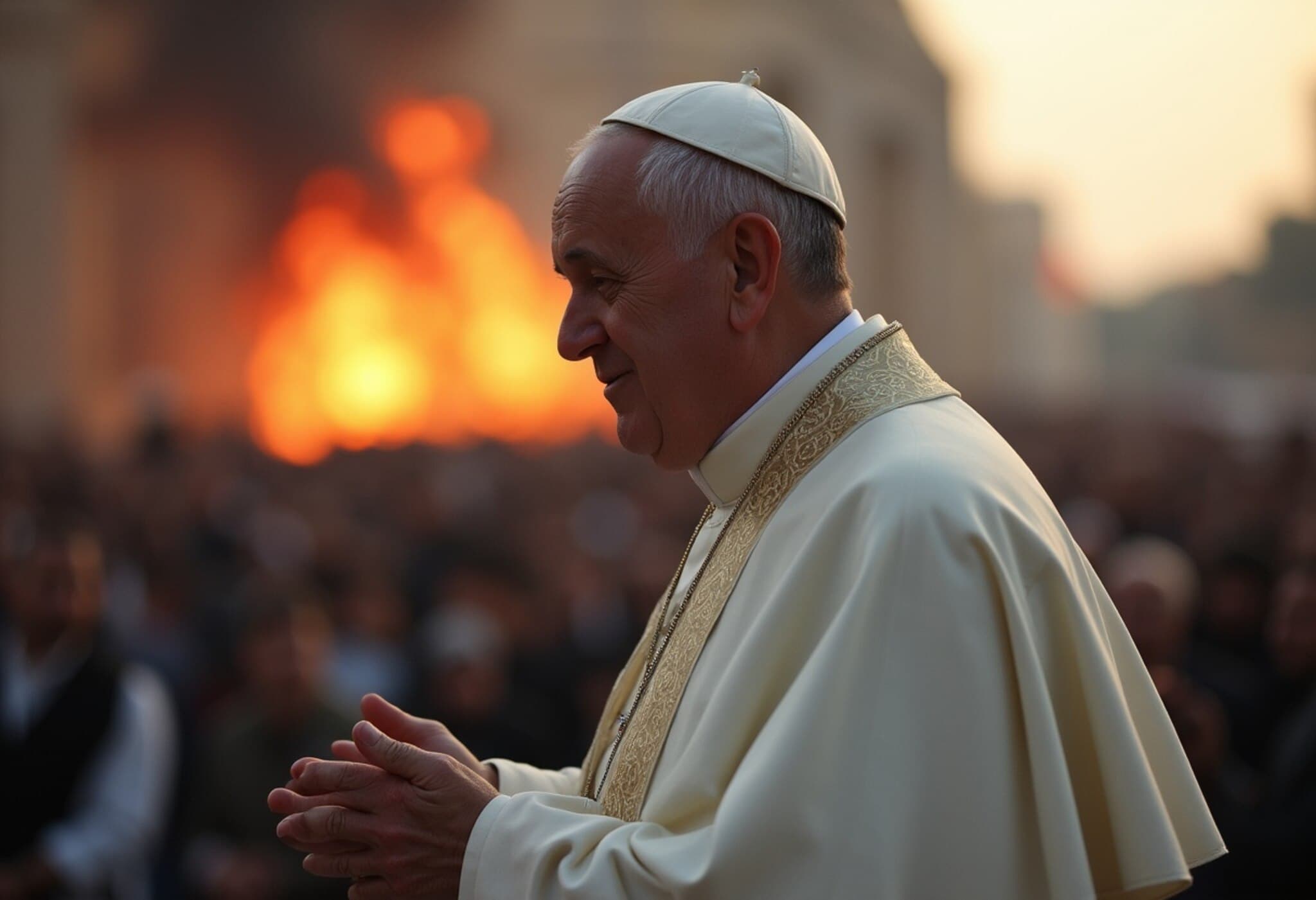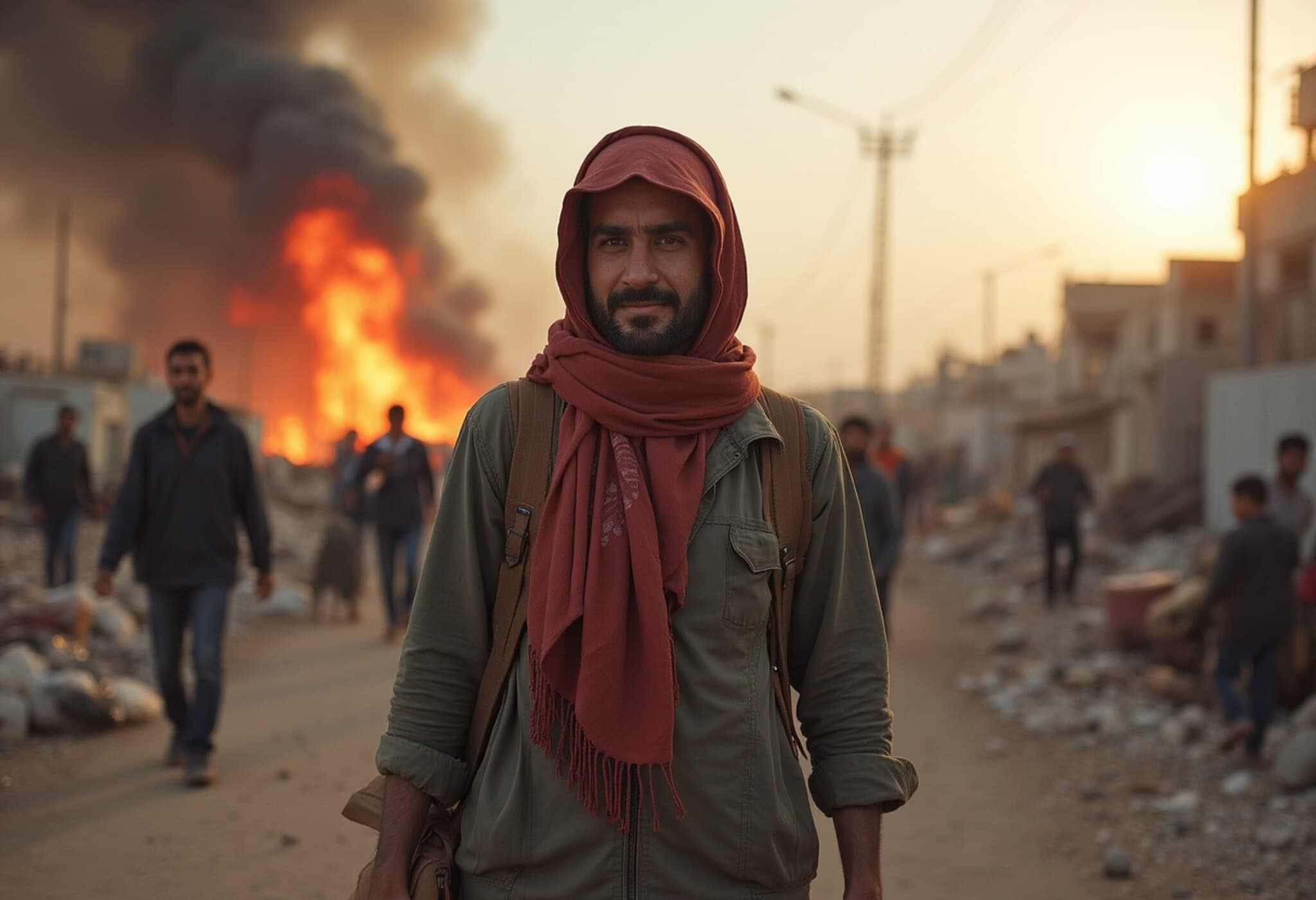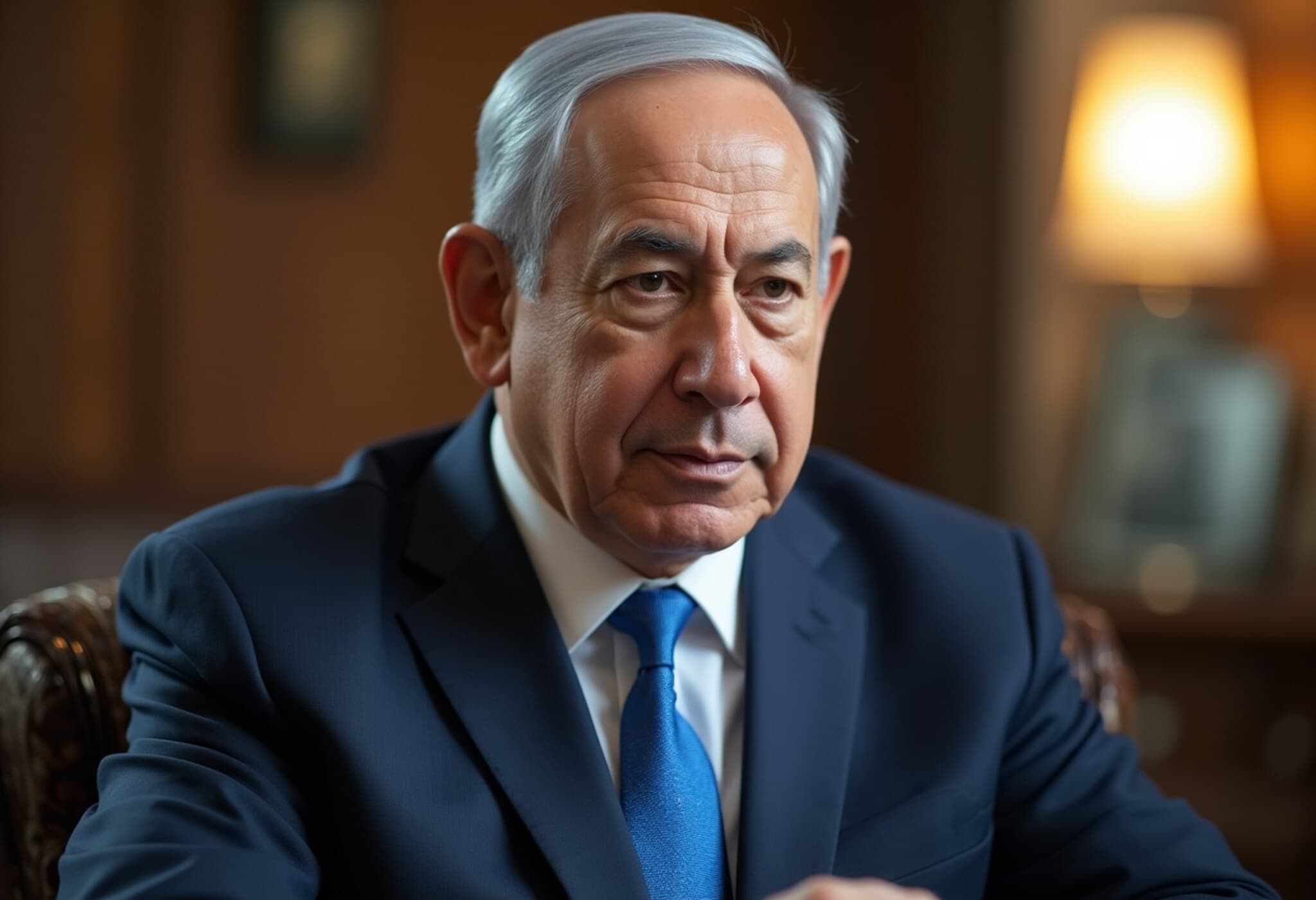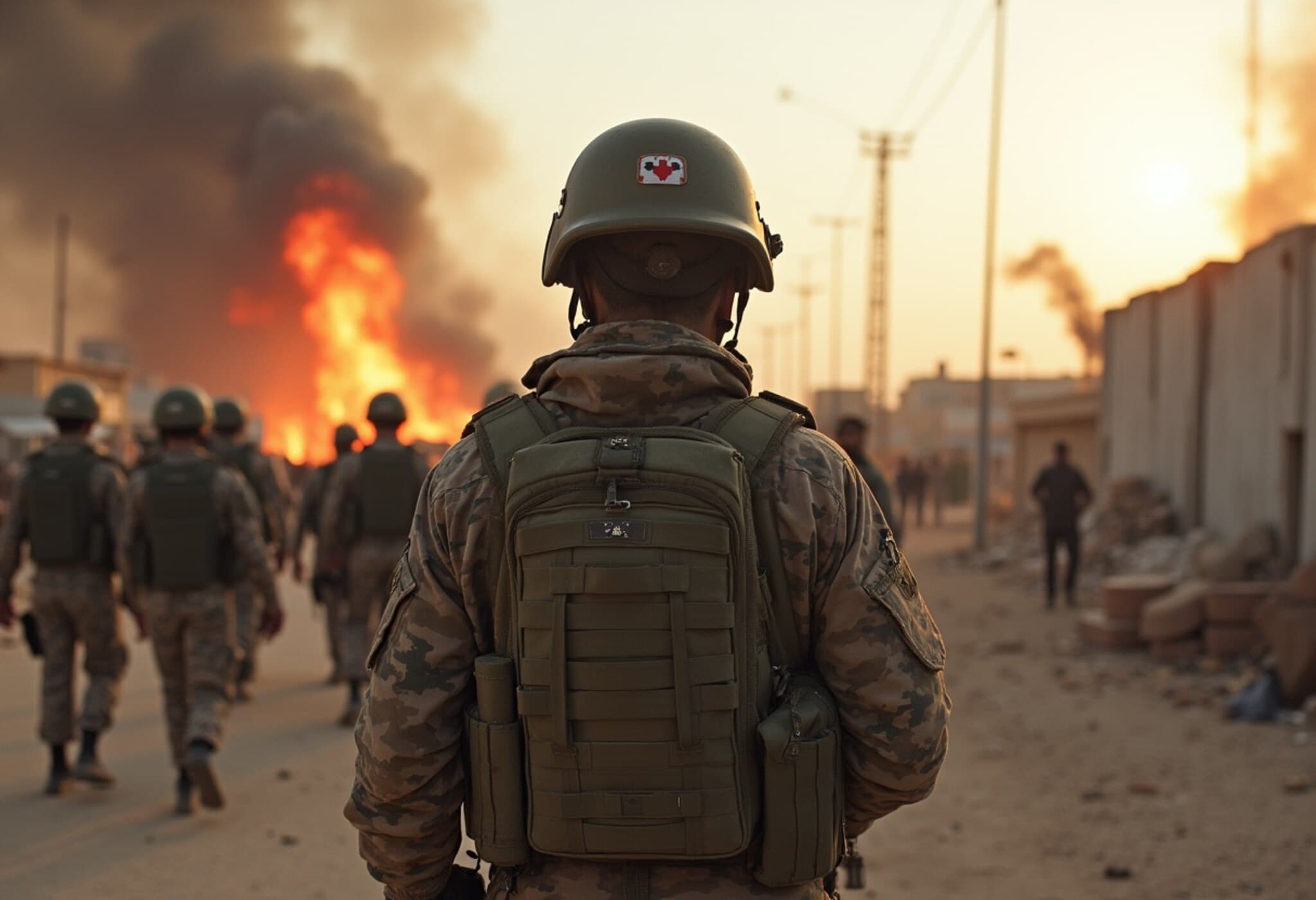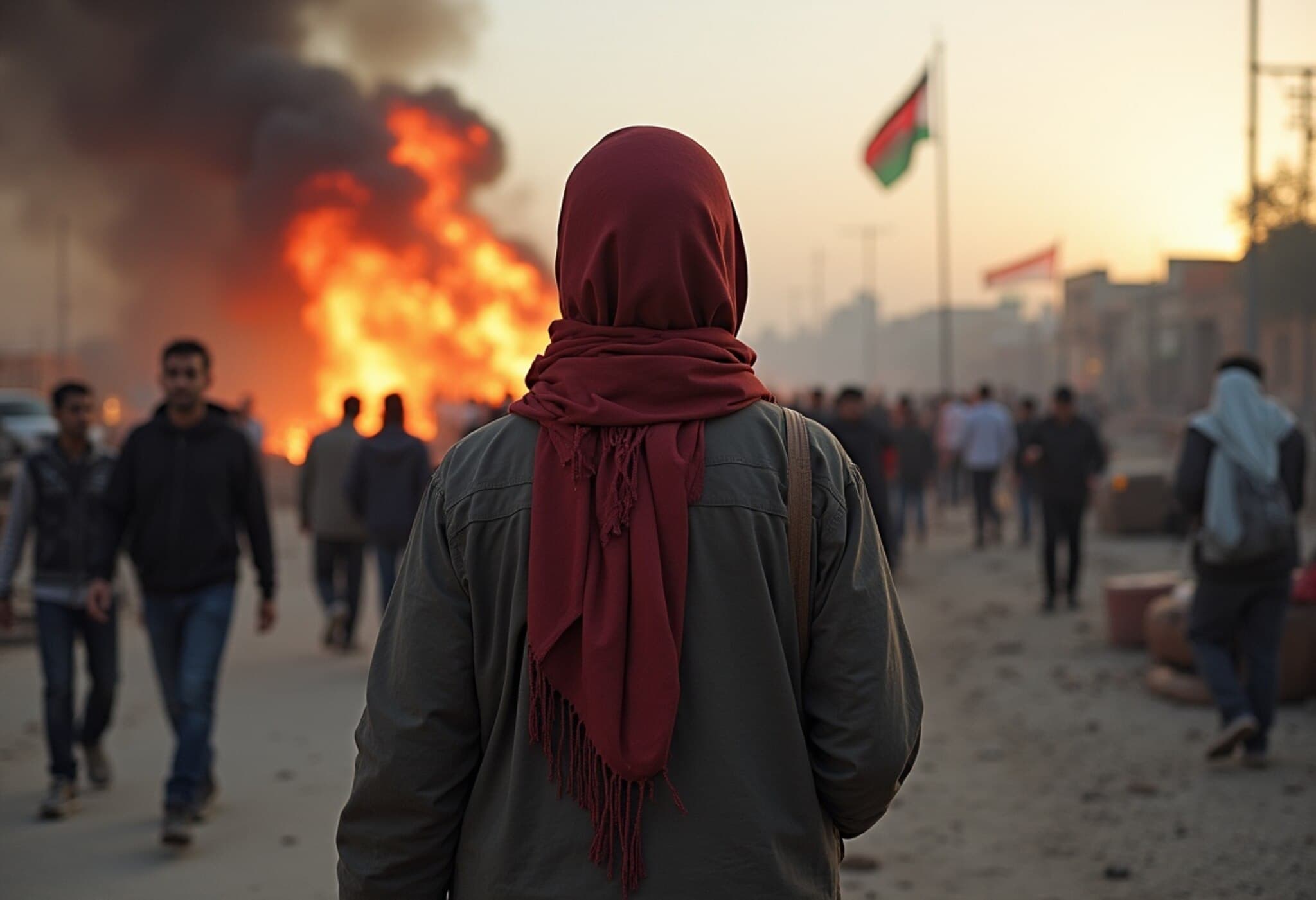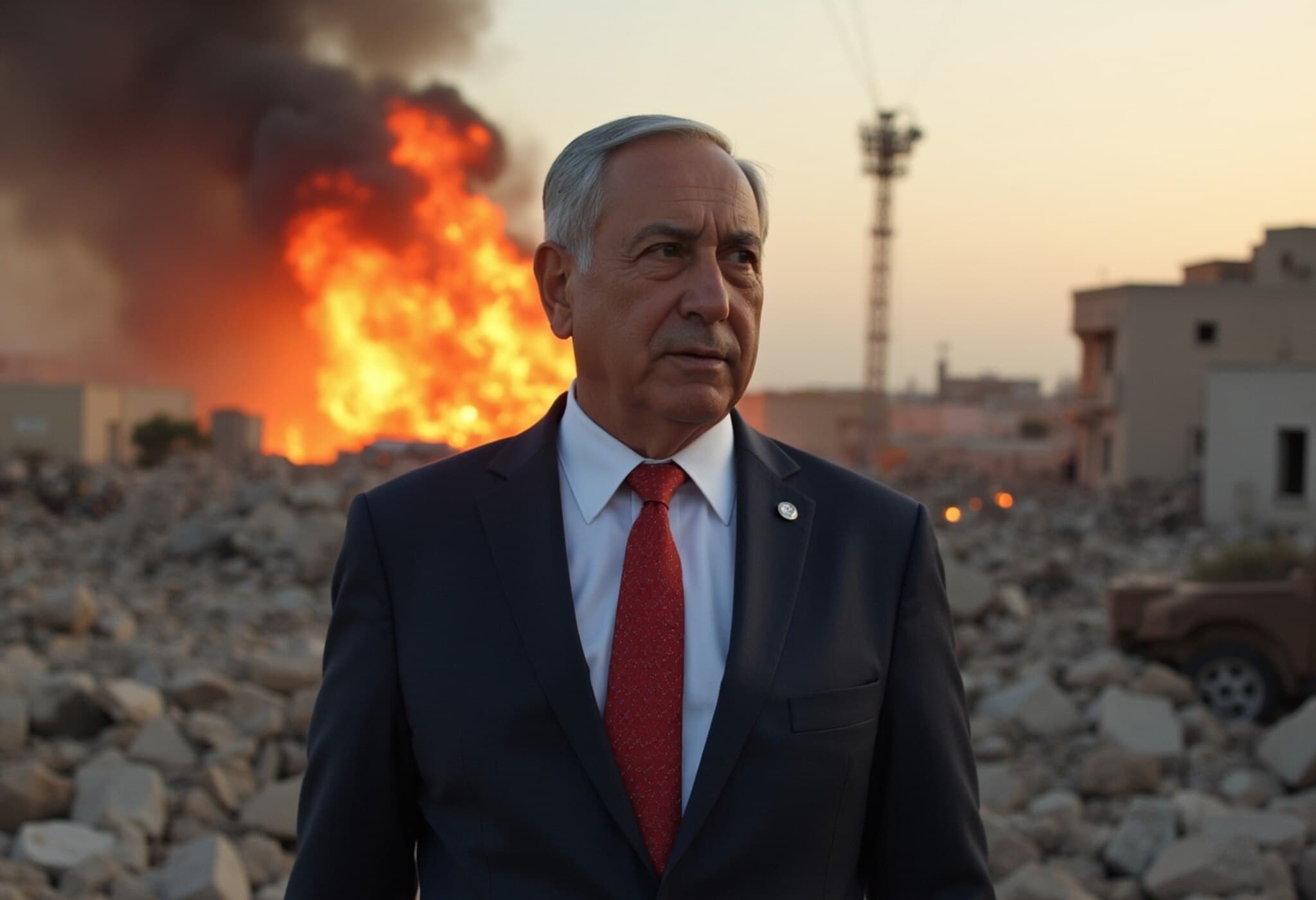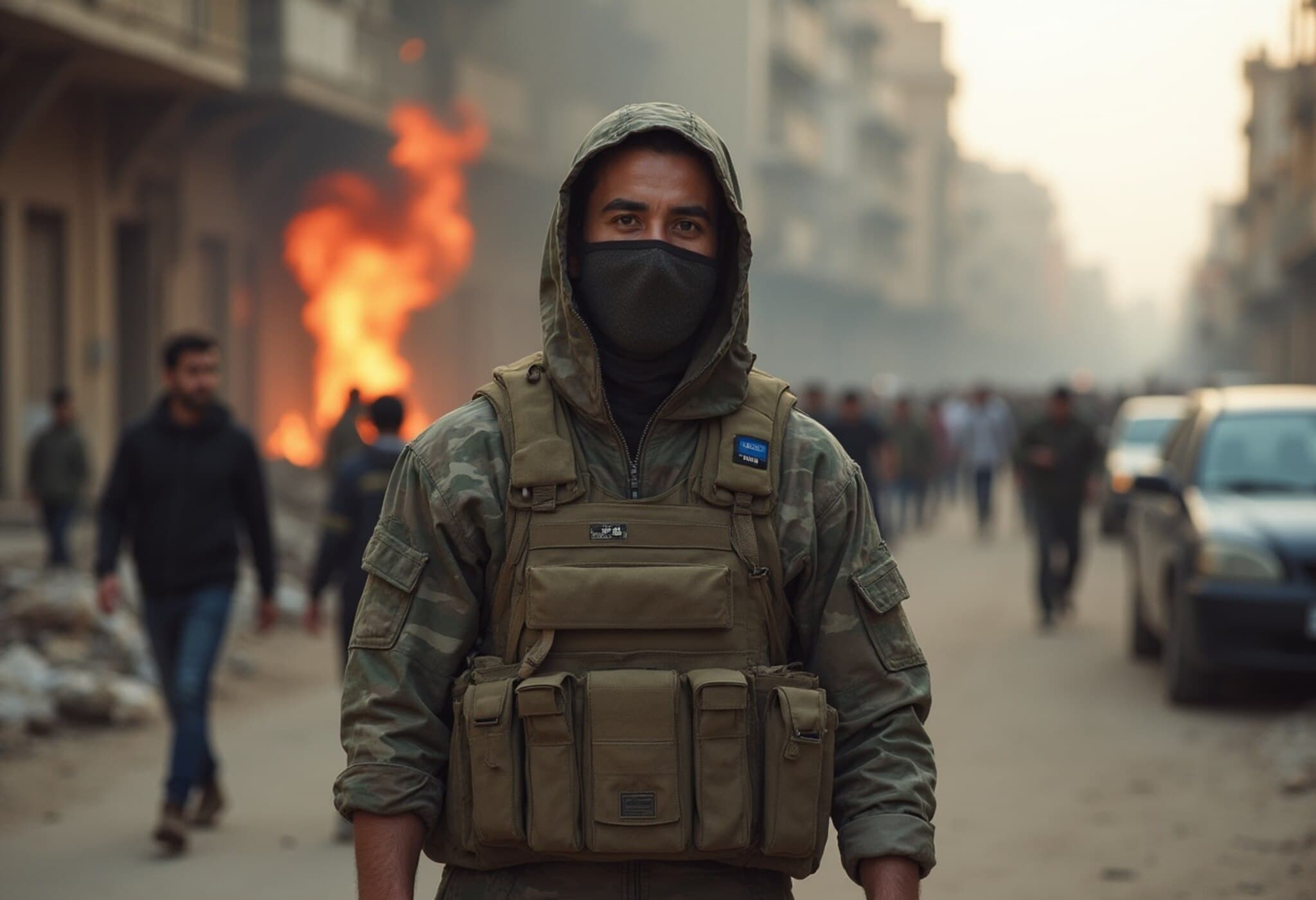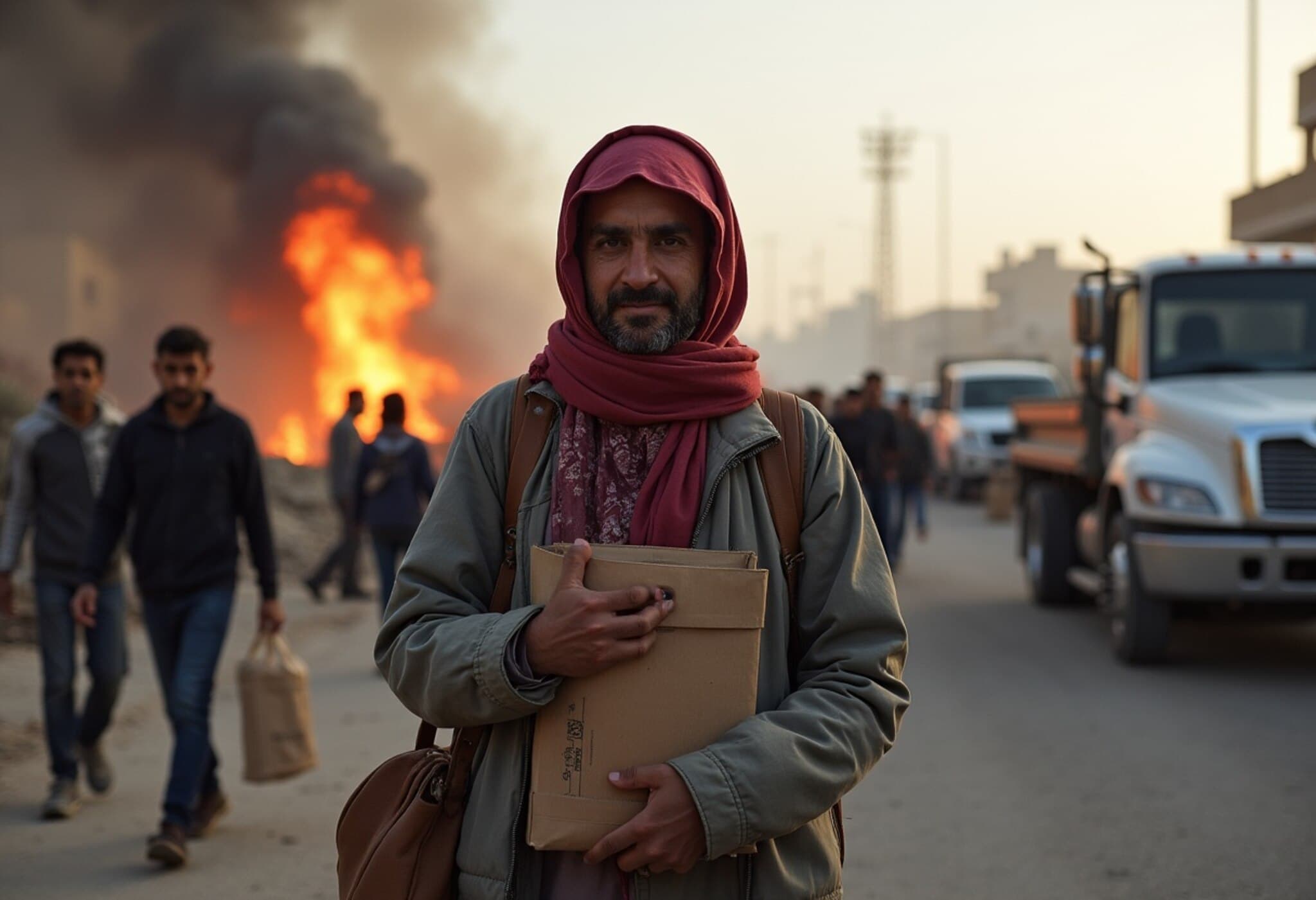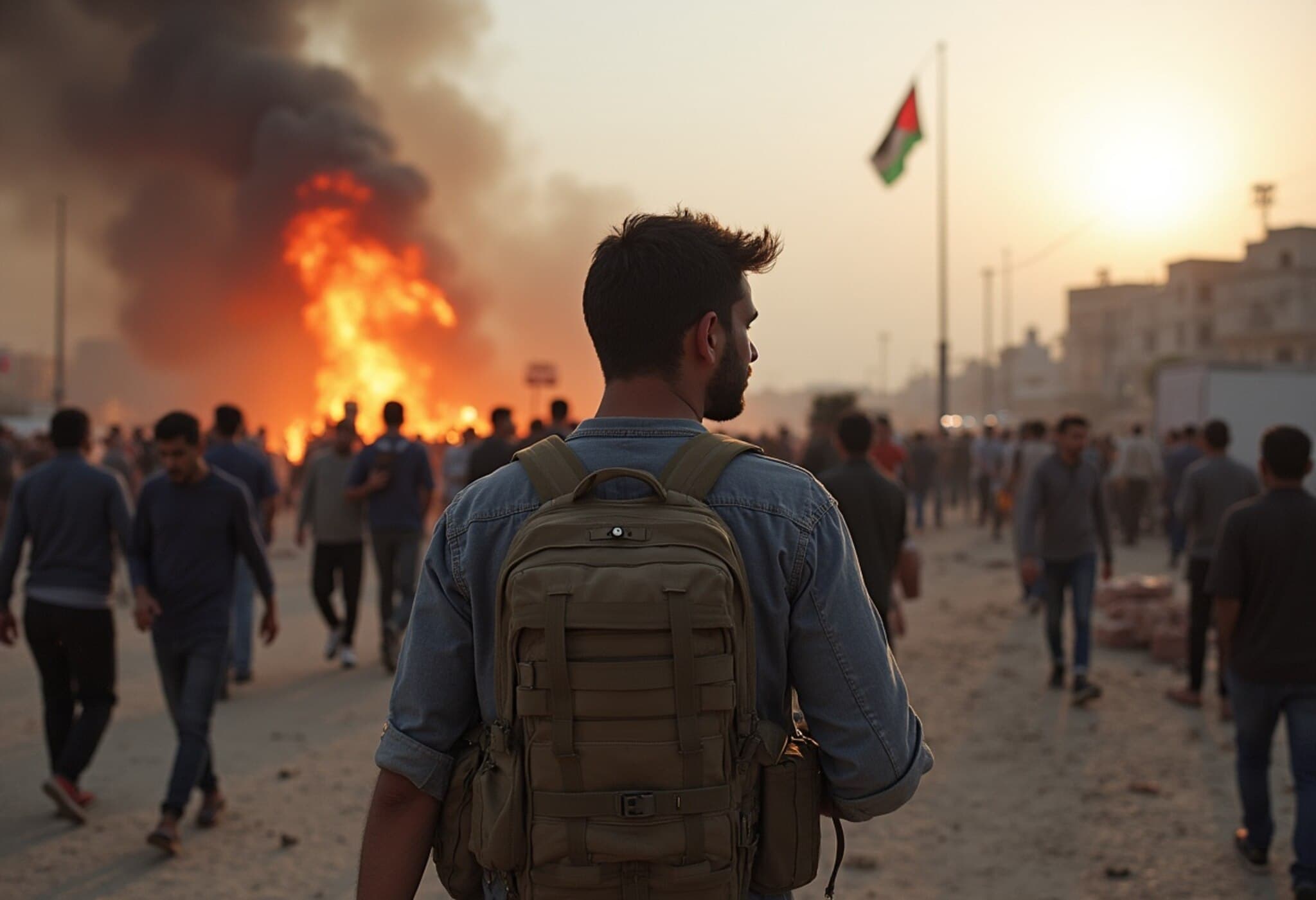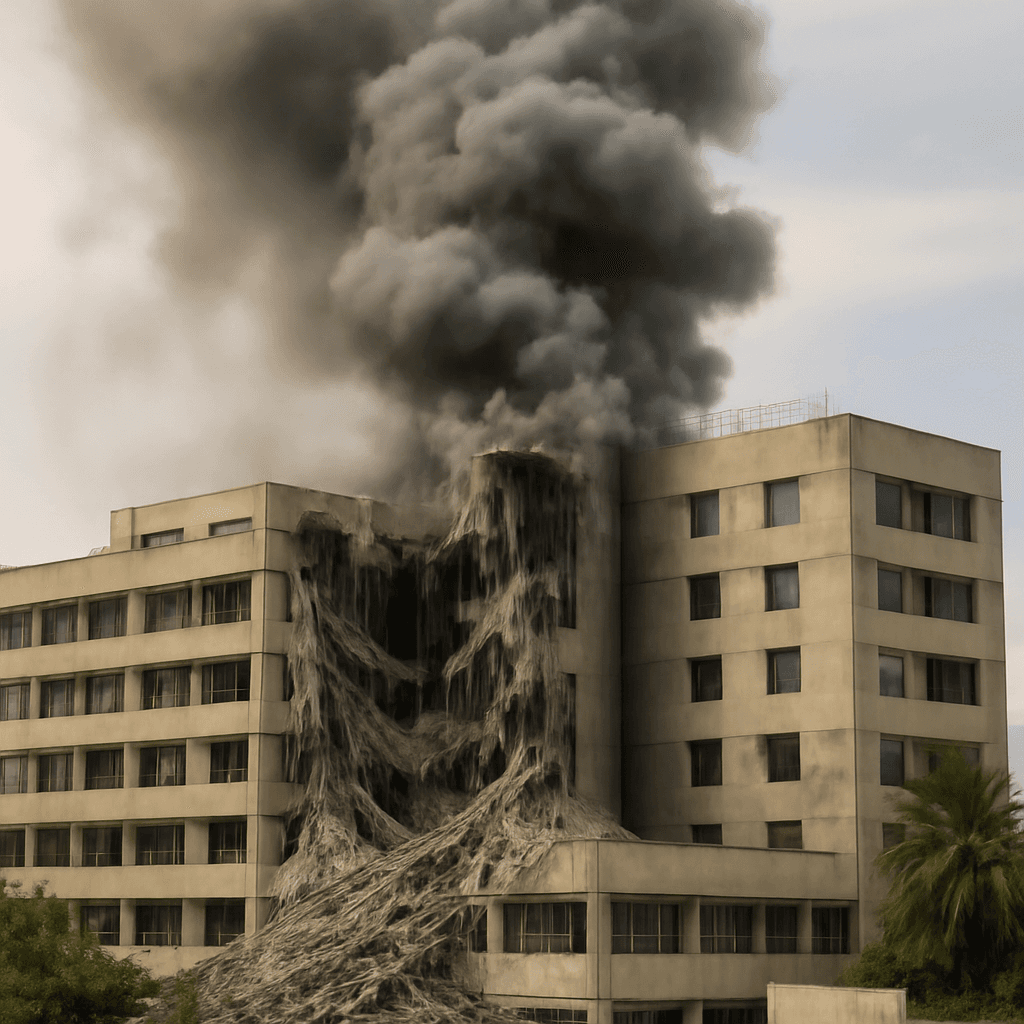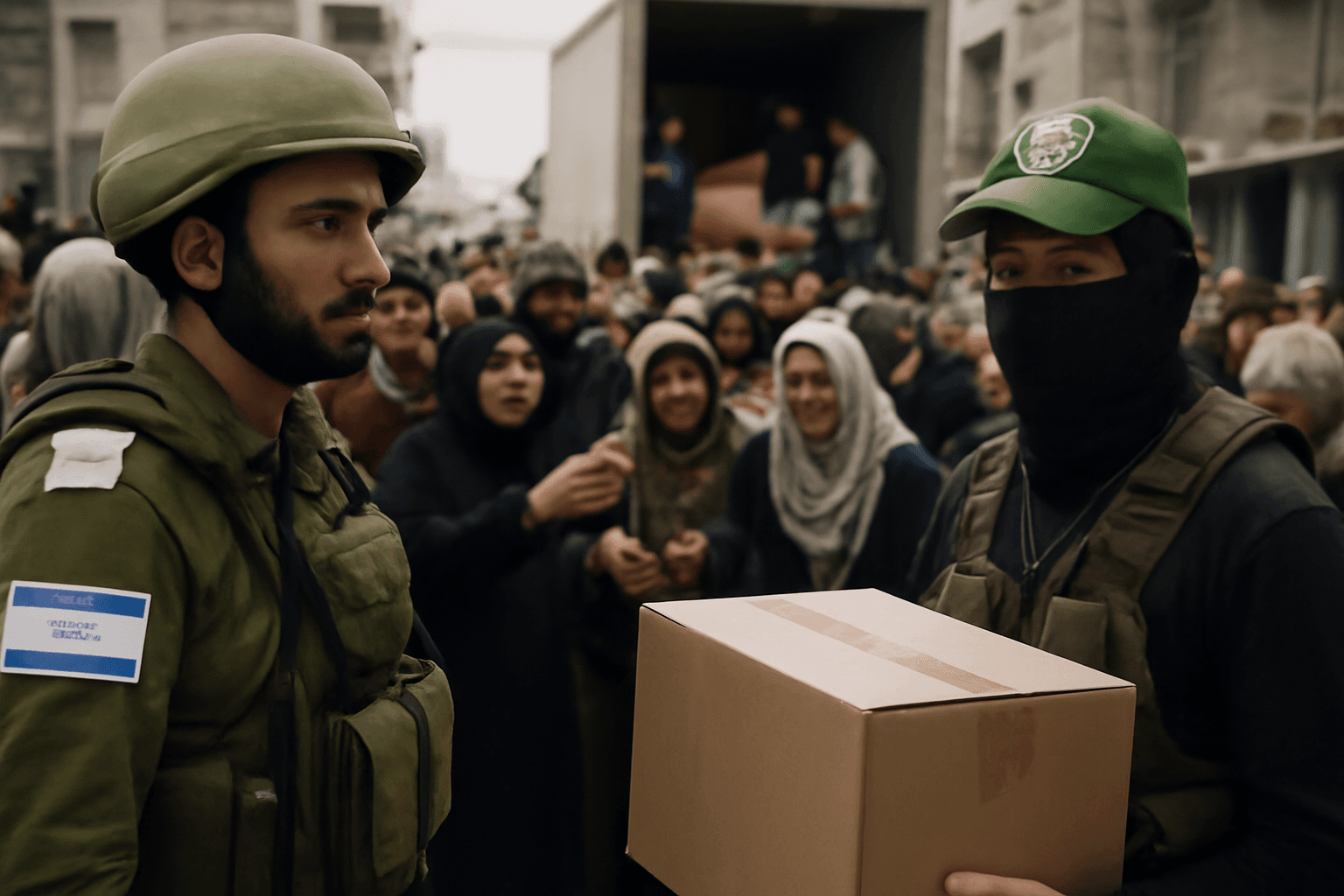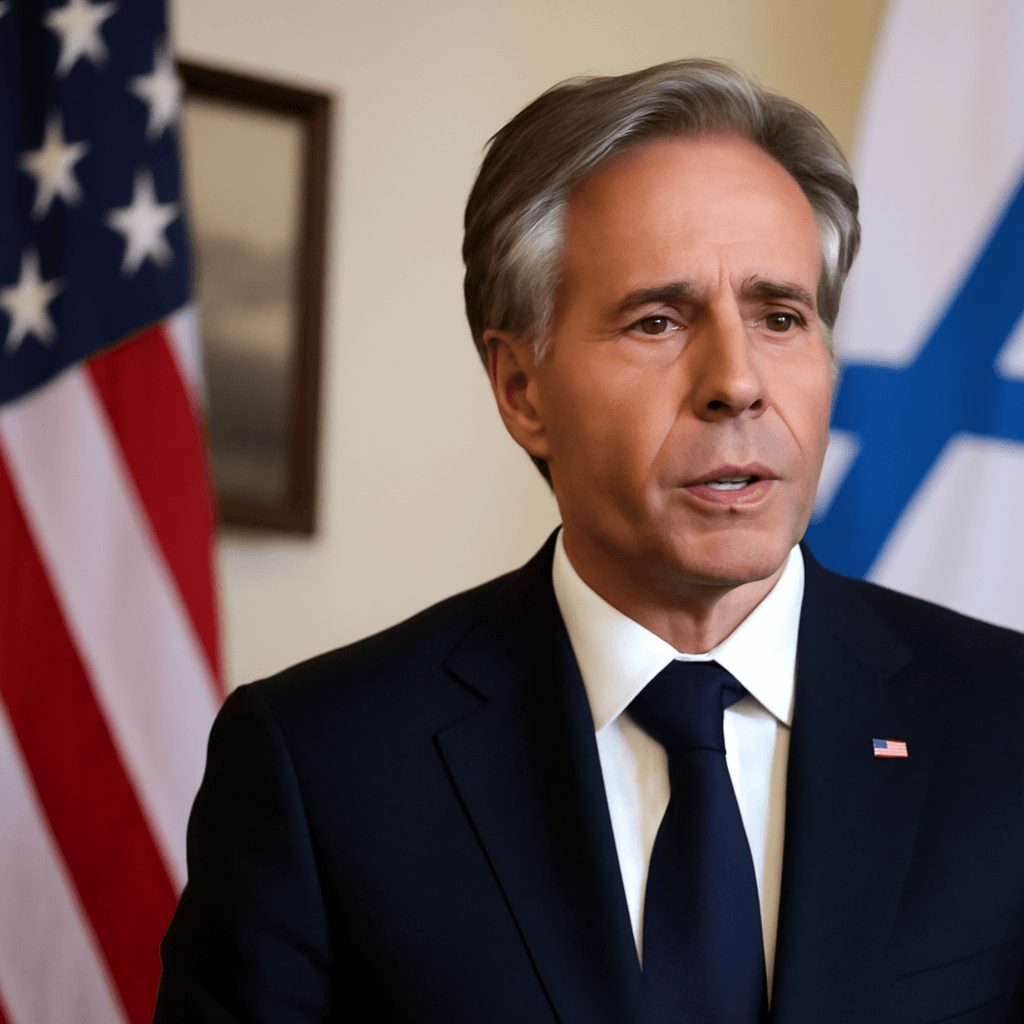Deadliest Day in Gaza as Israeli Strikes Kill 123 Palestinians
The Gaza Strip witnessed one of its most devastating days in over a week as Israeli military operations intensified, resulting in the death of 123 Palestinians within 24 hours, according to Gaza's Health Ministry. This escalation comes amid ongoing but fragile ceasefire negotiations brokered through Cairo between Hamas and Egyptian mediators.
The densely populated Gaza City, home to more than 2 million Palestinians, bore the brunt of the bombardments, with neighborhoods like Zeitoun and Shejaia experiencing widespread destruction. The latest airstrikes hit civilian homes and critical infrastructure, pushing the enclave further into a humanitarian crisis.
Political Rhetoric and Population Displacement Concerns
Israeli Prime Minister Benjamin Netanyahu reiterated controversial statements suggesting that Palestinians in Gaza should voluntarily evacuate the area to avoid military operations. Addressing the issue on i24NEWS, Netanyahu asserted, “They’re not being pushed out, they’ll be allowed to exit.” This remark echoes similar sentiments previously voiced by high-profile international figures.
However, the idea of displacement recalls the historic trauma of the 1948 Nakba, when hundreds of thousands of Palestinians were uprooted. Arab leaders and global human rights organizations have vehemently criticized any notion of forced population displacement, emphasizing its potential to exacerbate an already dire situation.
The Human Toll: Starvation, Displacement, and Aid Shortages
Beyond airstrikes, Gaza is grappling with severe food scarcity and malnutrition. The Health Ministry reports that eight more Palestinians, including three children, recently succumbed to starvation-related causes, elevating the toll from malnutrition to 235 deaths since the conflict’s onset. Nevertheless, Israel disputes these figures, attributing some of the suffering to Hamas’ policies.
The conflict’s humanitarian dimension is further compounded by the difficulty in delivering aid. While Israel states it has facilitated increased humanitarian convoys — nearly 320 trucks have entered through key crossings like Kerem Shalom and Zikim — multiple independent organizations insist this assistance is insufficient. The United Nations and local authorities warn that damage to infrastructure, blockades, and political complexities hinder effective relief distribution.
Ceasefire Negotiations: Stalled Amid Complex Demands
Meanwhile, talks facilitated by Egyptian officials continue, aiming to broker a halt to hostilities and ensure critical aid reaches those in need. Hamas negotiators, including chief Khalil Al-Hayya, have expressed openness to ceasefire frameworks, provided Israel ceases military actions and withdraws forces. However, a complete disarmament of Hamas remains a contentious red line.
Egyptian security sources have disclosed that discussions are considering a broader ceasefire contingent on Hamas relinquishing control over Gaza and surrendering weaponry—a prospect Hamas officials reject without first seeing an end to occupation and hostilities.
Political Dynamics: Quest for Gaza’s Governance Post-Conflict
The future governance of Gaza looms as a critical issue. The Palestinian Authority (PA), which governs parts of the West Bank, has voiced readiness to assume control over Gaza, proposing a technocratic, non-partisan system post-conflict, free from Hamas influence. PA Foreign Minister Varsen Aghabekian Shahin called for international peacekeepers and an Israeli military withdrawal to stabilize the region.
Conversely, Israel remains skeptical about the PA’s capability and willingness to manage Gaza effectively. Hamas, for its part, signals conditional willingness to relinquish governance if arrangements satisfy all Palestinian factions.
War’s Origins and Global Repercussions
The conflict initially erupted on October 7, 2023, when Hamas militants launched a large-scale attack into southern Israel, killing over 1,200 Israelis and taking more than 250 hostages. Since then, Israel’s military campaign in Gaza has reportedly resulted in the deaths of over 61,000 Palestinians, according to Gaza’s health authorities.
International reactions have been mixed. While many nations condemn the violence and call for humanitarian relief, Israel maintains its position that Hamas is responsible for much of the suffering due to its militant activities and alleged diversion of aid resources.
Looking Ahead: The Precarious Road to Peace and Stability
Military analysts estimate that Israel’s planned ground offensive to fully control Gaza City may not commence until October, opening a narrow window for diplomatic breakthroughs. However, the sustained violence, deep mistrust among parties, and stark power imbalances complicate prospects for a lasting ceasefire.
As the world watches, the crisis in Gaza underscores profound questions about the ethics of warfare, civilian protection, and political resolution in one of the most entrenched conflicts of the modern era.
Key Takeaways:
- 123 Palestinians killed in the deadliest 24 hours this week amid Israeli bombardments.
- Hamas-Egypt ceasefire talks continue, but significant obstacles remain.
- Controversy surrounds calls for Palestinians to voluntarily evacuate Gaza.
- Humanitarian situation worsens with starvation and aid delivery impeded.
- Palestinian Authority seeks post-war governance, contested by Israel and Hamas.
Editor’s Note
As the Gaza conflict deepens, the international community faces a critical moment to balance security concerns with urgent humanitarian needs. The repeated calls for Palestinians to leave Gaza raise serious ethical, legal, and practical questions about collective displacement. Equally pressing is the debate over who will govern Gaza in a post-conflict scenario—a decision with far-reaching implications for regional stability and peace. Readers are encouraged to reflect on the human cost and the complex political chessboard driving this tragic conflict.

